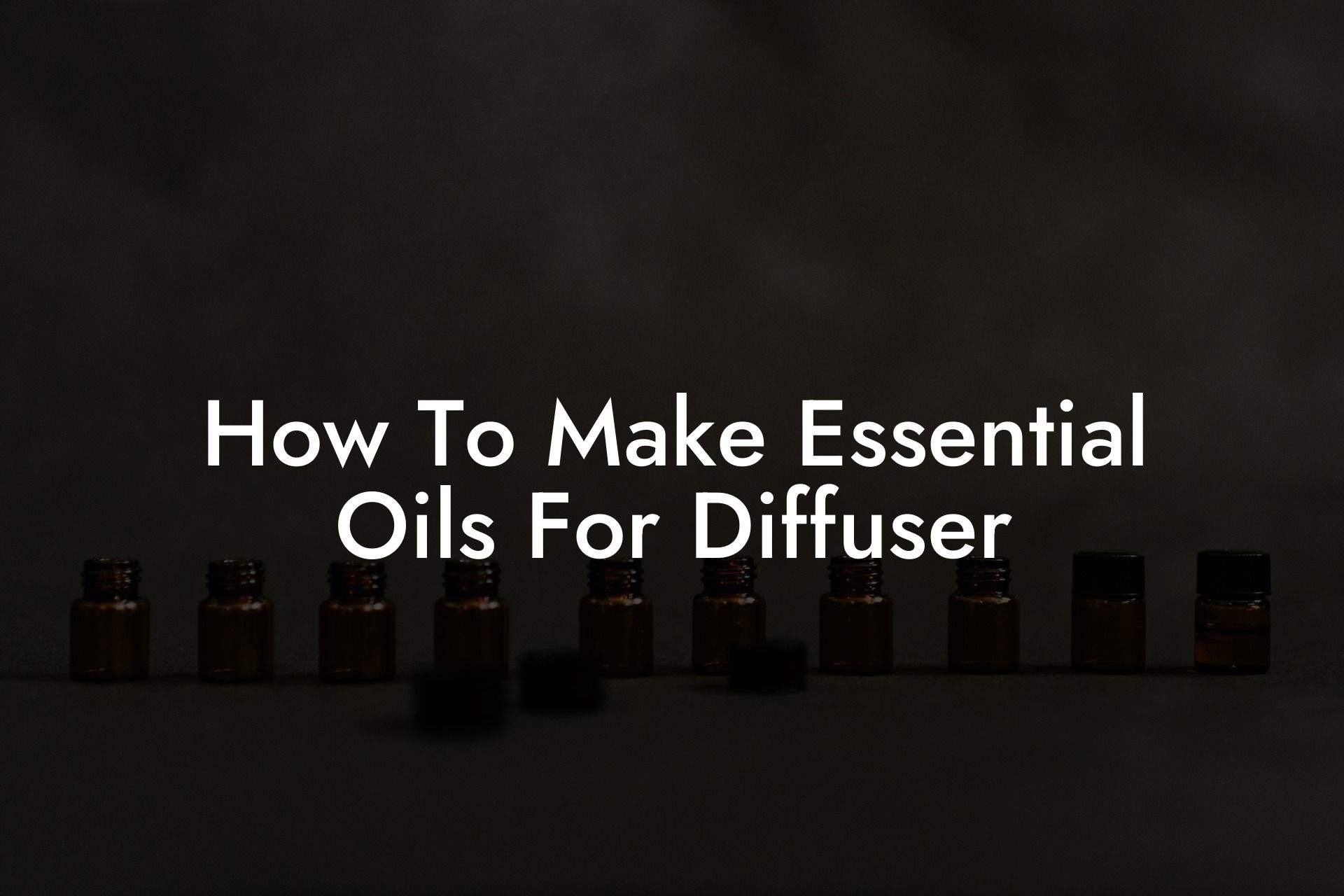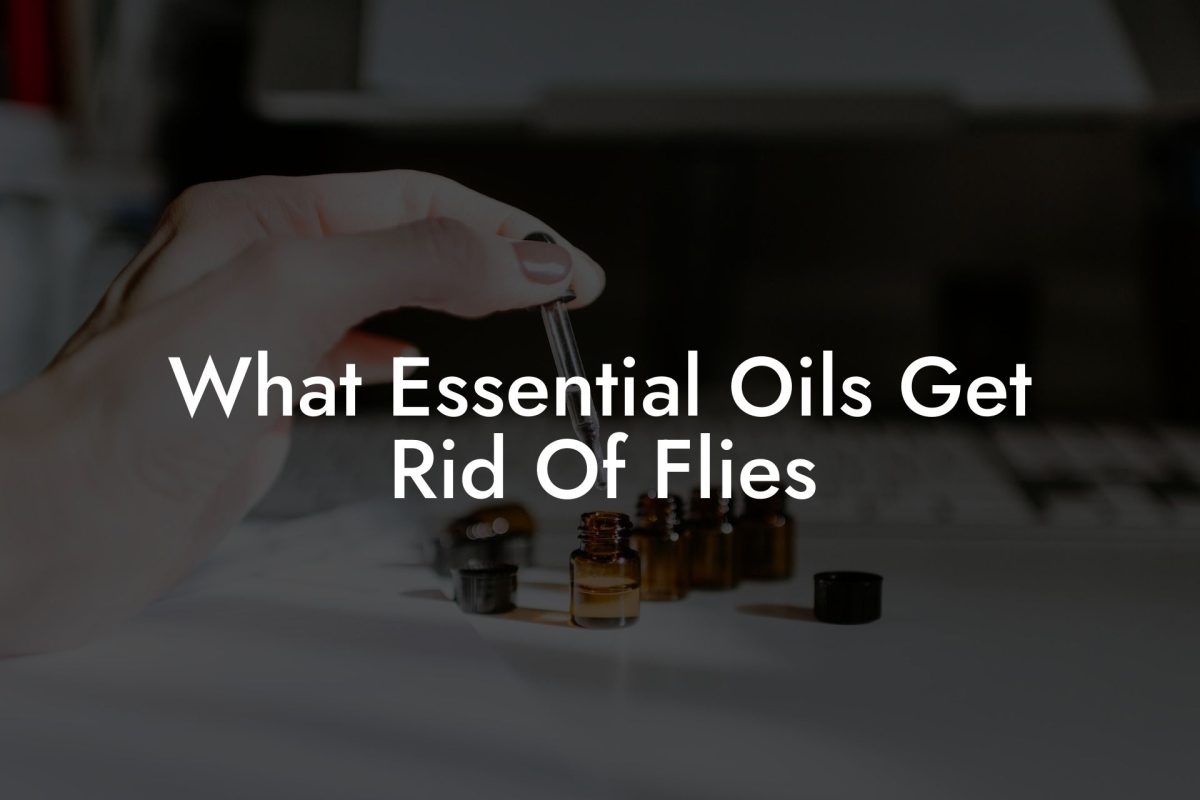Dive into the world of aromatherapy and elevate your senses by learning how to make essential oils for diffuser. Uncovering the secrets of this ancient practice can not only be a fun and rewarding experience but also open your eyes to the healing potential of these powerful compounds. Let us take you on a journey through the art of creating essential oils, blending them perfectly for diffusers and adding a touch of harmony to your life and space.
Table of Contents
Understanding Essential Oils
Essential oils are highly concentrated plant extracts that capture the natural essence, aroma, and therapeutic benefits of the plants they are derived from. They are used for a variety of purposes, including aromatherapy, home fragrance, stress relief, skincare, and natural remedies, and diffusers are one of the most popular ways of enjoying their benefits.
Methods of Making Essential Oils
1. Steam Distillation
Steam distillation is the most common method used to extract essential oils from plants. In this process, steam passes through the plant material, breaking down its cells and releasing the oil, which then condenses and collects in a separate container.
2. Cold Pressing
Cold pressing, or expression, is a method used primarily for extracting essential oils from citrus fruits like oranges, lemons, and grapefruits. The outer layer of fruit rind is mechanically pressed to release the oil, without the use of heat or solvents.
3. Solvent Extraction
Solvent extraction involves using a solvent, typically alcohol or hexane, to dissolve the essential oil from the plant. This method is used for delicate plants or flowers, such as jasmine or rose, where heat could damage their precious oils.
Blending Essential Oils for Diffuser Use
Once you have your essential oils, it’s important to create the right blend for your diffuser. Consider these factors when creating your blend:
- Aroma: Choose oils that have complementary scents and that evoke the desired mood or atmosphere.
- Therapeutic Benefits: Combine oils that offer physical or emotional therapeutic effects that align with your needs, such as relaxation, energy, or allergy relief.
- Dilution: Essential oils are potent, so they need to be diluted before added to the diffuser. Most diffusers recommend using water as the carrier, but some might require different dilution ratios.
- Safety: Some essential oils are toxic to pets or can cause skin irritation. Be mindful of potential risks and always follow usage guidelines to ensure safe and effective use.
How To Make Essential Oils For Diffuser Example:
To create a calming and stress-relieving essential oil blend for your diffuser, use lavender, chamomile, and ylang-ylang.
Steps:
1. Obtain the essential oils through an extraction method, such as steam distillation or cold pressing.
2. In a small bottle or mixing container, combine:
- 5 drops of lavender essential oil
- 3 drops of chamomile essential oil
- 2 drops of ylang-ylang essential oil
3. Swirl gently to blend the oils together.
4. Add the essential oil blend to your diffuser, following the manufacturer’s guidelines for dilution and usage.
Now that you know the ins and outs of making essential oils for diffuser use, you are equipped with the skills to delve into the world of aromatherapy and bring balance to your daily life. We hope you enjoyed this informative guide and encourage you to share it with friends who may also appreciate learning about the benefits of essential oils. Dive deeper into the powerful world of aromacology by exploring more guides on Oshu Oils and be sure to check out the Oshu Oils range of artisan essential earth oils to further enhance your wellbeing.





















